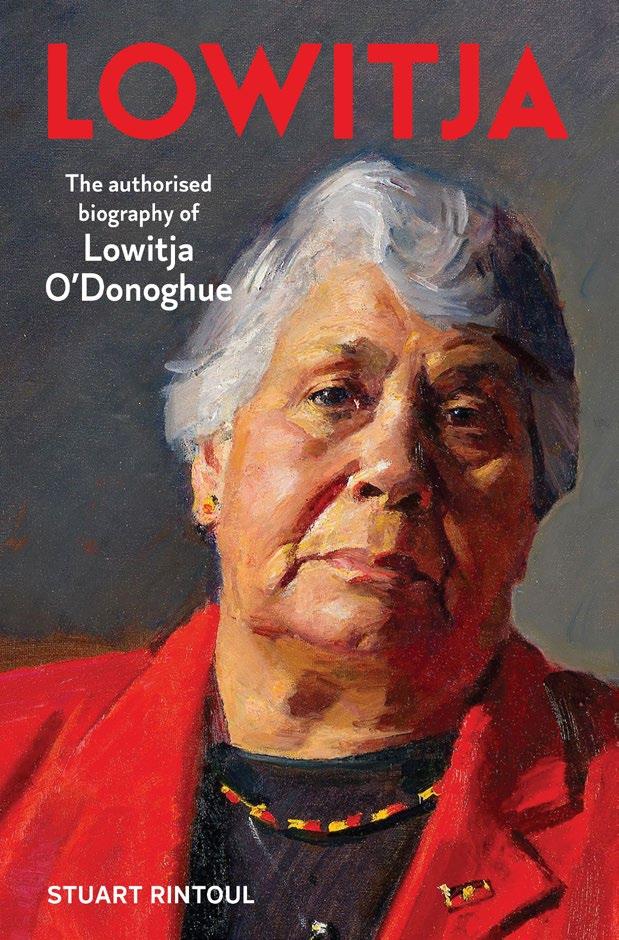
14 minute read
A voice for Veterans in aged care
Protecting your rights and getting the service you deserve
There’s no doubt the aged care sector needs major reform. Aged care has been dominating the headlines, with the COVID-19 pandemic highlighting existing issues and creating some new ones. It’s unacceptable and exceedingly difficult for those who are suffering, have loved ones who have suffered and for those who have lost loved ones. While the 2020-21 Budget provided a small amount of additional government investment for key areas such as more home care packages, building the workforce, additional dementia services and training programs and helping young people in aged care, there is much more to be done. As aged care advocates we are eagerly anticipating the government response to the release of the Aged Care Royal Commission’s final report expected shortly. We hope that we will see real change to the aged care system to make it one which meets the needs and legitimate expectations of older Australians and their families. But I expect all of this is cold comfort for those currently in positions where they are experiencing neglect or abuse or are simply not getting the support they want to maintain their independence and to live the life they want. That’s where advocacy can help. Whether you are receiving support at home or in an aged care home, advocacy services are available right now to help Veterans make sure their rights are upheld. Advocacy is not something we talk about often and not everyone understands what advocacy really means. On a practical level, an advocate is someone who works alongside you to give you a voice and help you navigate and resolve a range of issues impacting your rights in aged care. This can range from concerns or problems with the organisation who is providing your care to issues with other services or decision-makers. For example, throughout the COVID-19 pandemic we have seen some unnecessary visitor restrictions imposed by aged care facilities that have encroached on the rights of aged care residents. We understand that this has been done from a place of well-meaning for the safety of residents, but while safety is important, it is also your right to make choices about your care, individual preferences and social life, including where those choices involve personal risk. Social contact and activity are vitally important for maintaining both mental and physical wellbeing, and advocates have been able to facilitate discussions with services to consider alternative and better options for visitors, which were allowable within the Health Directions at the time. Working with an advocate can also help you navigate difficult government systems and sometimes find alternative solutions. It’s what they do, and chances are they have dealt with the issue before. Take the example of John. John had a home care package which allowed a support worker to visit his home once a week to help with some domestic tasks but following some health issues needed to increase these visits. In what is an all too common story, John had been approved for a higher-level home care package but was on the waitlist for the funding to be assigned. In the meantime, advocates were able to find John an alternative funding program for the additional services and apply for a partial waiver of fees. There are many examples where an advocate can just give you that extra support or inside knowledge to help you raise an issue or find a solution.
Advertisement
How do I contact an advocate?
The Australian Government has funded the Older Persons Advocacy Network (OPAN) to deliver a national network of aged care advocates to support older people and their families. OPAN delivers these services through nine service delivery organisations across Australia. Phone OPAN on 1800 700 600 to be connected with an advocate in your state or territory.
GEOFF ROWE
Geoff Rowe is the CEO for Aged and Disability Advocacy Australia, the Queensland aged care advocacy provider. Geoff’s career in the human services sector spans more than 30 years, including fifteen years in senior and executive positions in the Queensland Government, and over 20 years in the not-for-profit sector. Geoff is an OPAN representative on the National Aged Care Alliance (NACA) and has a strong interest in social justice, human rights and inclusion.
Aged Care
Advocacy
• Assist you to explore care options and access new or additional government funded services • Support you to express your views to work through care related issues with your service provider • Free, confidential and independent
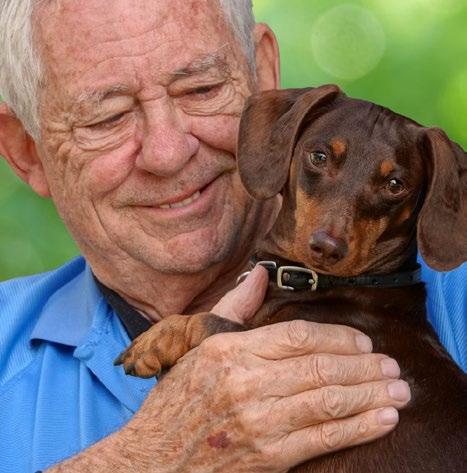
Freecall: 1800 700 600 www.adaaustralia.com.au
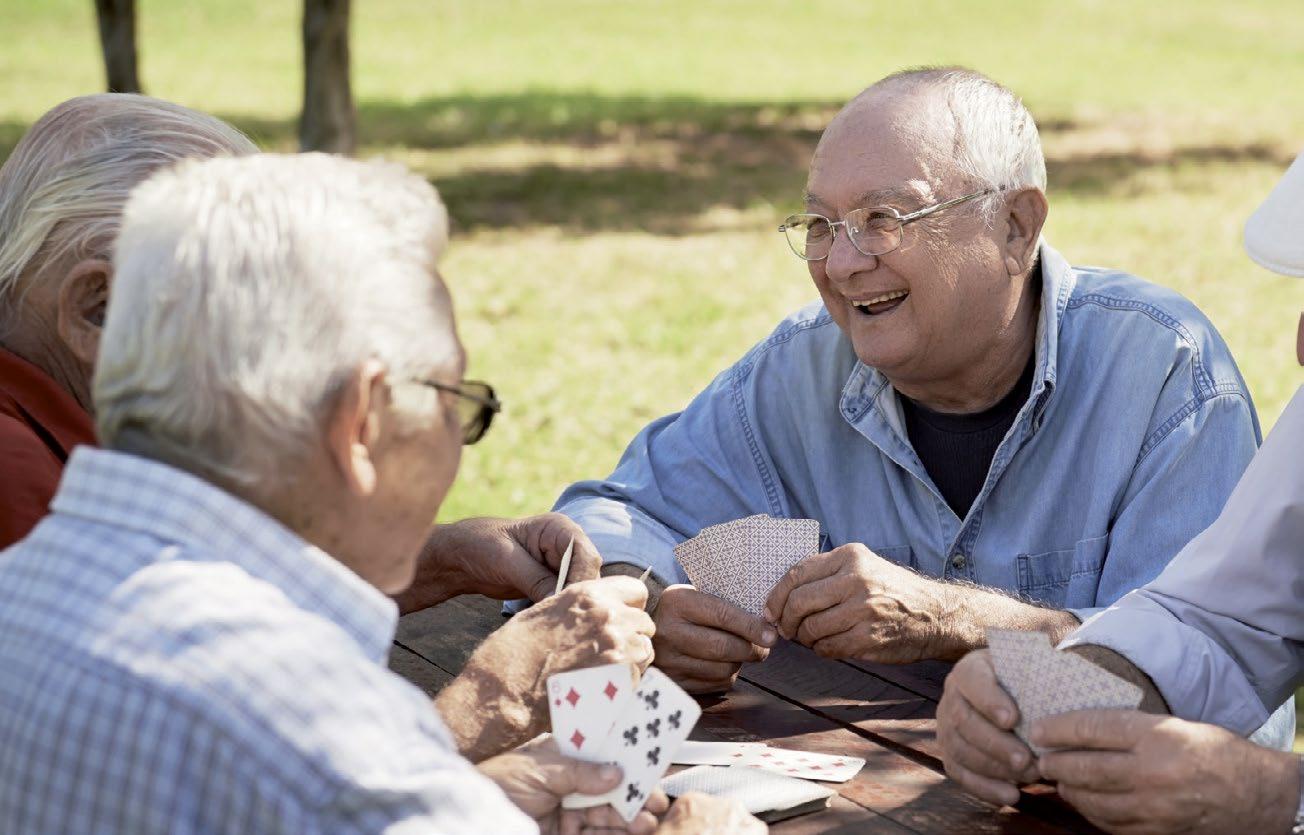
Your rights. Your voice.
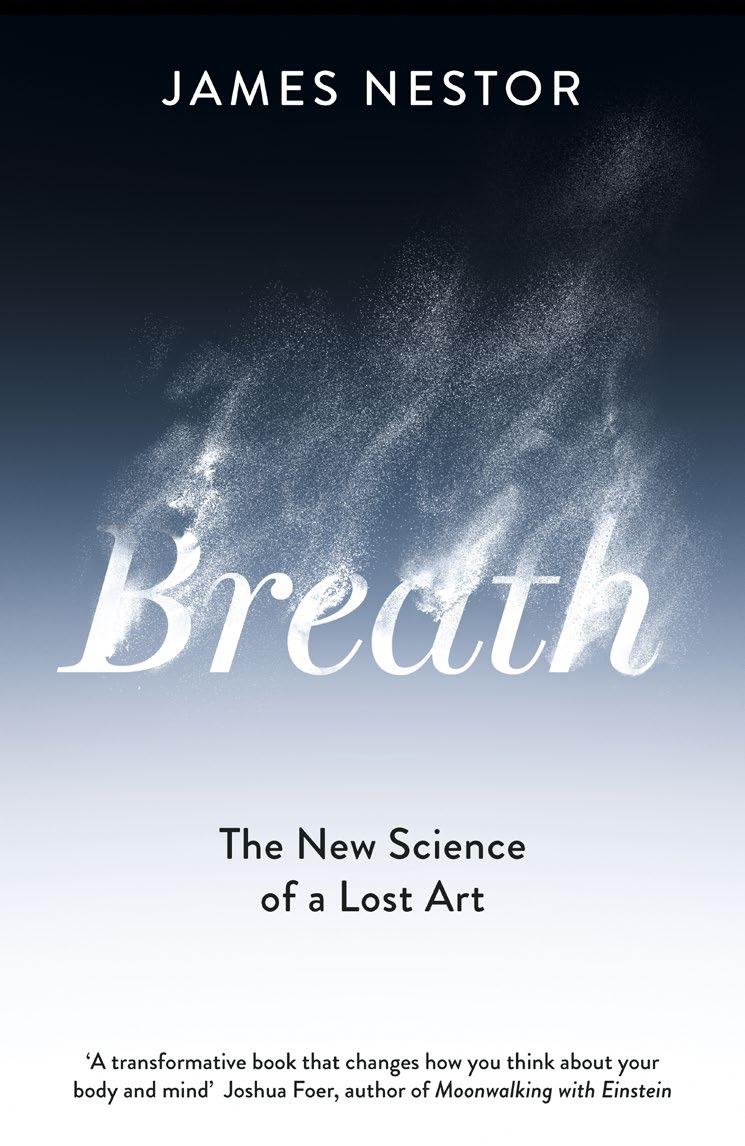
No matter what you eat, how much you exercise, how skinny or young or wise you are, none of it matters if you’re not breathing properly.
There is nothing more essential to our health and wellbeing than breathing: take air in, let it out, repeat 25,000 times a day. Yet, as a species, humans have lost the ability to breathe correctly, with grave consequences. Journalist James Nestor travels the world to figure out what went wrong and how to fix it. The answers aren’t found in pulmonology labs, as we might expect, but in the muddy digs of ancient burial sites, secret Soviet facilities, New Jersey choir schools, and the smoggy streets of São Paulo, Brazil. Nestor tracks down men and women exploring the hidden science behind ancient breathing practices like Pranayama, Sudarshan Kriya and Tummo and teams up with pulmonary tinkerers to scientifically test longheld beliefs about how we breathe. Modern research is showing us that making even slight adjustments to the way we inhale and exhale can jump-start athletic performance, rejuvenate internal organs, halt snoring, allergies, asthma and autoimmune disease, and even straighten scoliotic spines. None of this should be possible, and yet it is. Drawing on thousands of years of medical texts and recent cuttingedge studies in pulmonology, psychology, biochemistry and human physiology, Breath turns the conventional wisdom of what we thought we knew about our most basic biological function on its head. You will never breathe the same again.
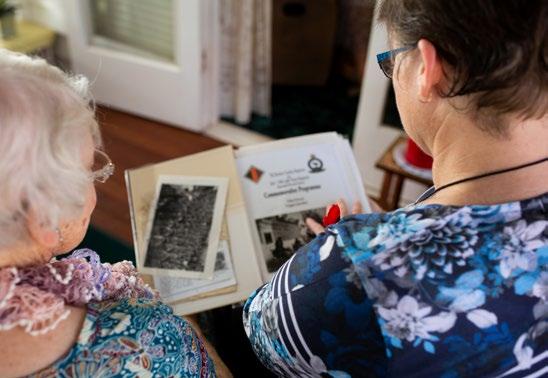
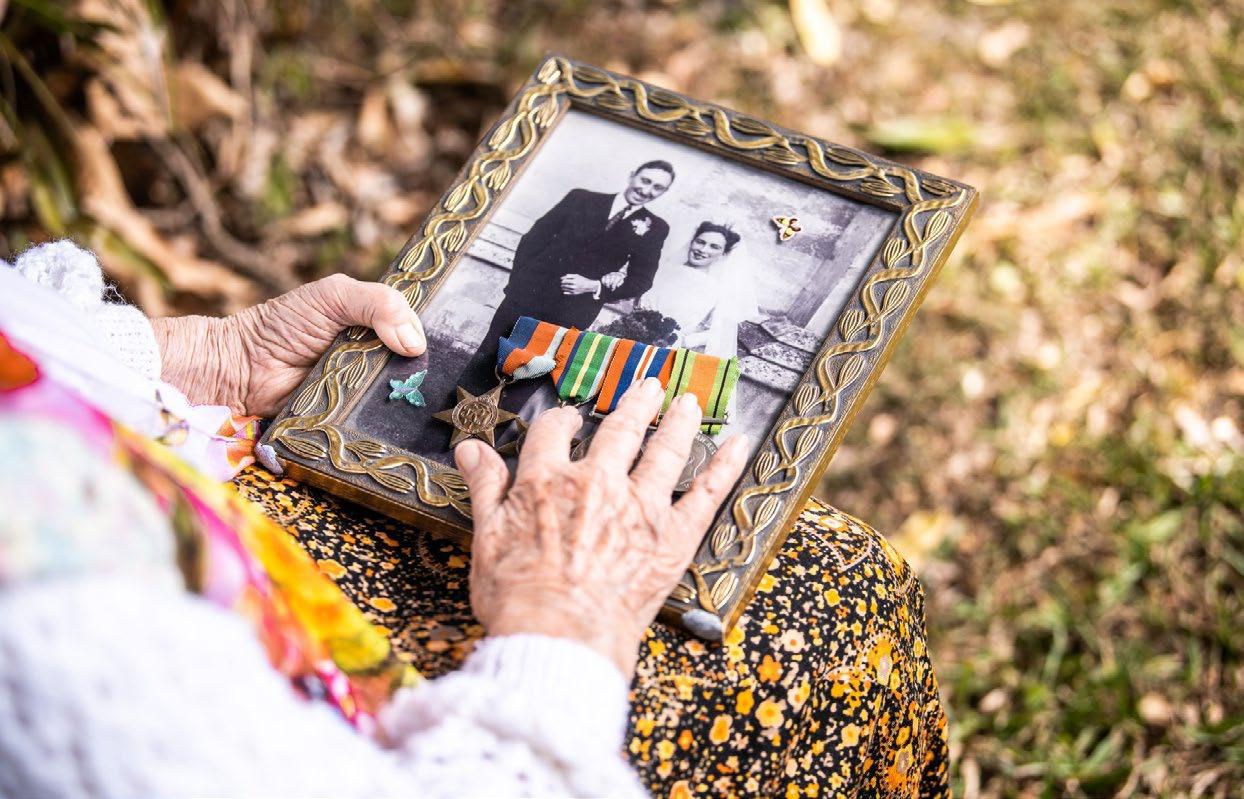
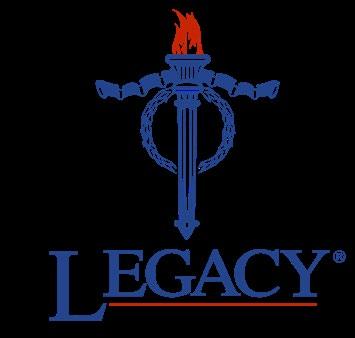
One of Australia’s most iconic institutions, Legacy Australia, is excited to announce a new partnership with Commonwealth Superannuation Corporation (CSC).
In the trenches of WWI, a promise was made between a soldier and his dying mate. No matter what happens, he said he would “look after the missus and kids.” Almost a century later, Legacy continues to honour that promise for past, present and future veterans’ families. Legacy is an iconic Australian institution that supports the families of retired Australian Defence Force personnel. Legacy’s mission is simple – ensuring that partners and children of veterans who gave their lives, or health, in service to our nation can fully realise their potential. Today across Australia, Legacy cares for 48,000 veterans’ families, including widows in their senior years, younger widows with children, and veterans’ dependents with a disability. Legacy helps provide financial, emotional and social support for the families in their care and supports families in times of hardship and grief. We help those they serve to meet their educational, personal and developmental goals, and to help them grow and thrive despite adversity Legacy has 45 dedicated Clubs located across Australia, who provide personalised, local support to the veterans’ families in their community. These Clubs work tirelessly to ensure that no family member of a veteran suffers financial and social disadvantage because of a loved one’s service. There are also over 4,000 volunteers around Australia who act as mentors to the widows and their families, and who ensure Legacy’s promise to care for the families of deceased veterans is kept. Volunteers who work directly with Legacy families are called Legatees and they, in part, provide support and friendship to those who have been the most affected by military service. Legacy Australia’s CEO, Scott Warr, says that Legacy and CSC will be a great partnership, with both working to provide support services for veterans and their families. “Through working with CSC, we hope to make things easier and simpler for our veterans’ families dealing with grief, loss and hardship,” Mr Warr said. “Legacy is always working hard to deliver more practical support for our veterans’ families by partnering with similar organisations across Australia. By working with CSC, we can expand upon the opportunities already available to our beneficiaries and provide wider ranging support.”
RAISE YOUR GAME
THE RIGHT CLOTHING IS ESSENTIAL, TO GIVE YOU THE EDGE
For enquiries or to locate your nearest stockist: t: 1800 653 332 e: customer.service@cityclub.com.au w: cityclub.com.au

The sport of Lawn Bowls has many advantages. There are the obvious physical benefits, however there is also the social aspect and the sense of community spirit. New skills & techniques can be learned, and games can be played as full length competitions or on social occasions. Bowls really is a sport for life and that’s why the love of the game has endured. City Club shares that same passion and it is showcased within the consistency and quality of each garment.
City Club bowls garments are cut for ease of movement and designed with high-performance in mind, while also retaining a smart appearance to fulfil bowls clothing etiquette. They are machine washable, wrinkle resistant, and quick drying. So rest assured that when you choose a City Club bowls garment, it has been quality designed, developed and tested, to give you the bowling edge!
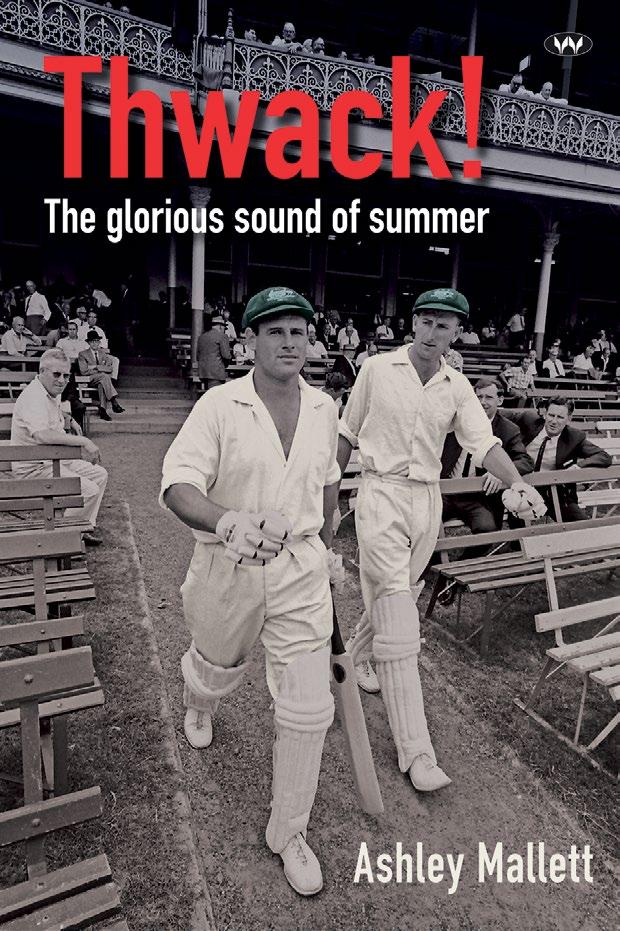
On a typically hot Adelaide January day in 1971, Dennis Lillee burst on to the international cricket scene with one hell of a bang. Despite England scoring a first innings 470 on a pitch as flat as a pancake, the young firebrand bowled with amazing speed and accuracy to pick up 5/84 off 28.3 overs. Thanks to a fighting 202-run second-wicket stand by Keith Stackpole (136) and Ian Chappell (104), Australia managed to draw the match. While the game marked Lillee’s entry into big cricket, it proved to be captain Bill Lawry’s final Test match. He was immediately replaced by Ian Chappell. whose captaincy was destined to mould a tremendous team in the 1970s, one to compare with any in the modern era. Born on 28 July 1949 (and sharing his birthdate with other famous folk including Nelson Mandela, Richard Branson and cricket’s legendary W.G. Grace) in the Perth suburb of Subiaco to Keith and Shirley Lillee, Dennis developed a keen sense of loyalty and determination early in his life. A truck driver, Keith Lillee was often home late of an evening and although dog-tired he was always keen to bowl a few down in the backyard to his boys, Dennis and his younger brother Trevor. After a brilliant tour of England in 1972, where Lillee took 31 wickets (eclipsing Clarrie Grimmett’s longstanding record of 29 wickets for an Australian in an Ashes series) signs of back trouble began to emerge. Team masseur Dave ‘Doc’ McErlane worked on Lillee’s back for days on end during that long tour. The back strain – as he thought it was – became a major concern for him when Pakistan toured Australia in 1972–73. Lillee toured West Indies late in that summer, but broke down after one Test match. Many believed Lillee’s career was all but over when he sustained multiple stress fractures of his back. He underwent a long regime of intensive physiotherapy under the direction of Dr Frank Pyke, a Perth club cricketer, baseballer and footballer. Frank’s son, Don Pyke, later coached the Adelaide Crows in the Australian Football League. Lillee’s determination became legend, when he returned to big cricket in 1974–75 – perfect timing to partner Jeff Thomson against England Down Under when the speed pair destroyed the visiting team; Australia winning 4–1. Lillee and Thomson were magnificent that summer. Thommo with his hurricane pace and Lillee with the guile of a good spinner at high speed had England on toast in this fiery Ashes summer. Cartoonist Paul Rigby summed it up best with this award-winning cartoon, which appeared in all News Ltd newspapers across the land. Good judges describe Dennis Lillee as the ‘complete bowler’, a cricketer who always kept one step ahead of the pack. On the Test arena, Lillee was never beaten. West Indian champion Viv Richards took the sword to all the international bowlers of his era. And from the time Richards first came up against Lillee, it was like two irresistible forces meeting toe-to-toe; a heavyweight fight between two unrelenting combatants. Their contests were always take-no-prisoners affairs. Lillee’s welldocumented battle to overcome near-crippling back injury and return from relative obscurity to dominate the Test arena provides adequate proof of the calibre of his fighting qualities. He did what it took to take you out, sometimes roughing you up along the way. The young Lillee was once castigated by WA captain Tony Lock, who told him bluntly, ‘Dennis, you are bowling like a Fucking Old Tart.’ Teammate and later WA captain John Inverarity grabbed hold of Lock’s description and coined Lillee’s nickname, FOT. In December 1971, Lillee blitzed a strong World Xl batting line-up in Perth, taking 8/29, polishing off the Garry Sobers’ led side with 6/0. He played World Series Cricket for a couple of years and during that time he worked 74 THWACK! diligently on his approach to the wicket and his delivery. If it were possible, he became an even better bowler in the technical sense. The famous ‘caught Marsh bowled Lillee’ dismissal appears on Test match scorecards 95 times. At the WACA Ground in Perth the Lillee–Marsh Stand was named in their honour. In 70 Tests, Lillee took 355 wickets at 23.92 with 23 hauls of five wickets. Lillee’s best Test figures were 7/83 against the West Indies at the MCG in 1981. But figures cannot tell of a bowler’s strategy, the way a victim is stalked and finally put to the sword. Struggling with his body out there, as he often did over his stellar career, Lillee called upon all his inner reserves and often drove himself upward and onward by sheer willpower. He was instrumental in helping establish World Series Cricket and when he hung up his boots he became a splendid fast bowling coach, mentoring, among many others, Jason Gillespie, Brett Lee and Mitchell Johnson. For years Dennis ran the MRF Pace Foundation in Chennai, India, and was president of the Western Australian Cricket Association (WACA) for 11 years. As the cricket gods blessed the game with the likes of Trumper, Bradman, Viv Richards, Wasim Akram, Keith Miller and Shane Warne, so too they have done the game proud by bringing D.K. Lillee onto the big stage for all to enjoy and admire. There was a poetry in his approach to the wicket, a perfect symmetry in his action and never-ending fire in his belly. Lillee had the heart of a lion and an inexhaustible will to succeed.
Edited extract from Thwack! The glorious sound of summer by Ashley Mallett. Published by Wakefield Press.
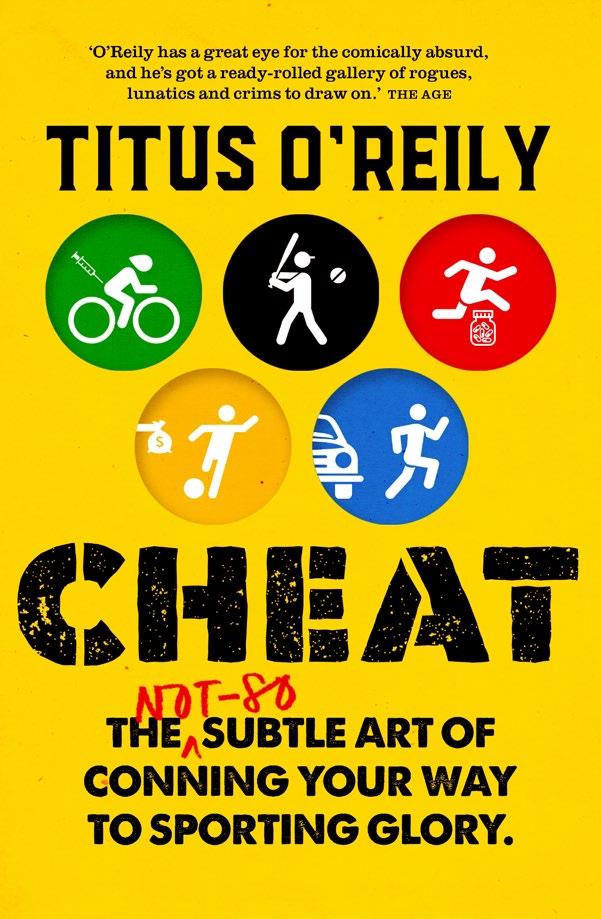
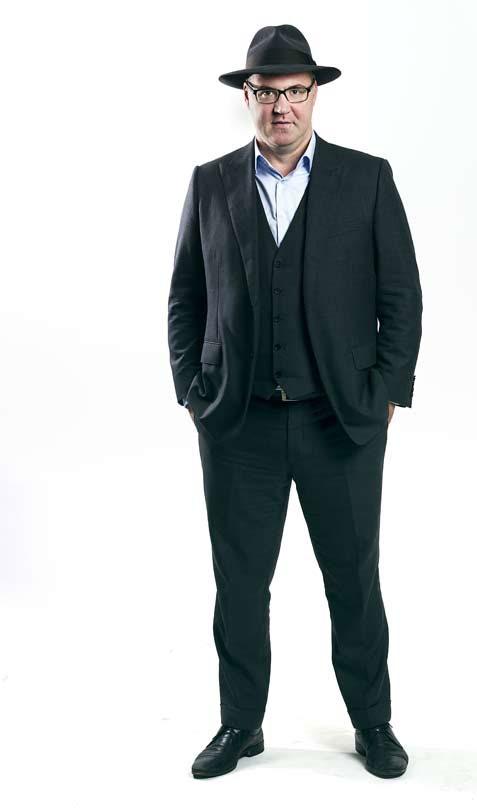
A hilarious trip through the history of cheating sport. Mastering the not-so-subtle art of cheating in sport.
Where there’s sport, there’s cheating. No sport is immune; athletics, swimming, rugby, American Football, cricket, baseball, badminton, motorsports, tennis and curling. Yes, even that sport on the ice with brooms. Almost as soon as humans started playing sport competitively, they started to cheat. They cheated to win, for the fame, for the money and sometimes for reasons that are hard to understand. From the fiendishly clever to the outright hare brained, the borderline to the blatant, Titus O’Reily takes us through the many and varied ways athletes and countries have tried to cheat over the years. There’s the winner of the New York marathon who was driven in a car part of the way, the male basketballer whose drug test revealed he was pregnant, the Tour De France where many of the riders took the train, the Spanish Paralympic basketball team who faked being intellectually disabled to win gold at the 2000 Paralympics. As well as sharing an alarming amount of tales involving swapping bodily fluids, Titus takes you through doping, illegal equipment, bribes, playing dirty, faking injuries, wearing disguises, dodgy referees, ball tampering, eye gouging, itching powder, licking an opponent to distract them and sending a dwarf out to bat to shrink the strike zone.
Just as sport has become more sophisticated, so has cheating in sport, from state backed doping programs to tiny motors in Tour De France bikes. What does this say about us, that we cheat with such regularity and creativity? Will technology help stop cheating or will it only make it worse? Mastering the not-so-subtle art of cheating is a hilarious trip through the history of cheating in sport, and a handy how-to-guide for the professional athlete in your family.
CHEAT, The not-so subtle art of conning your way to sporting glory by Titus O’Reily. Published by Penguin Books Australia.











